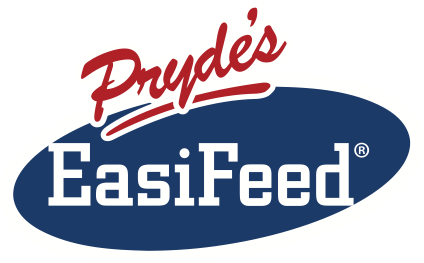There are many things that can 'trigger' laminitis in horses, but there are two main feed related ones. First would be the fermentation of large amounts of starch and 'sugars' (non-structural carbohydrates, NSC) in the hindgut.
NSC Fermentation - Hindgut Acidosis - Death of Bacteria and Leaking of Gut Wall - Changes in the hoof including dsyregulation of MMP enzymes - Laminitis.
Secondly, consumption of a high non-structural carbohydrate deit in insulin resistant horses (including horses with EMS and Cushing's Disease)
Enzymatic Starch or Sugar Digestion - Small Intestine Glucose Absorption - Excessive Release of Insulin from Pancreas - Damage to Lamellae - Laminitis
